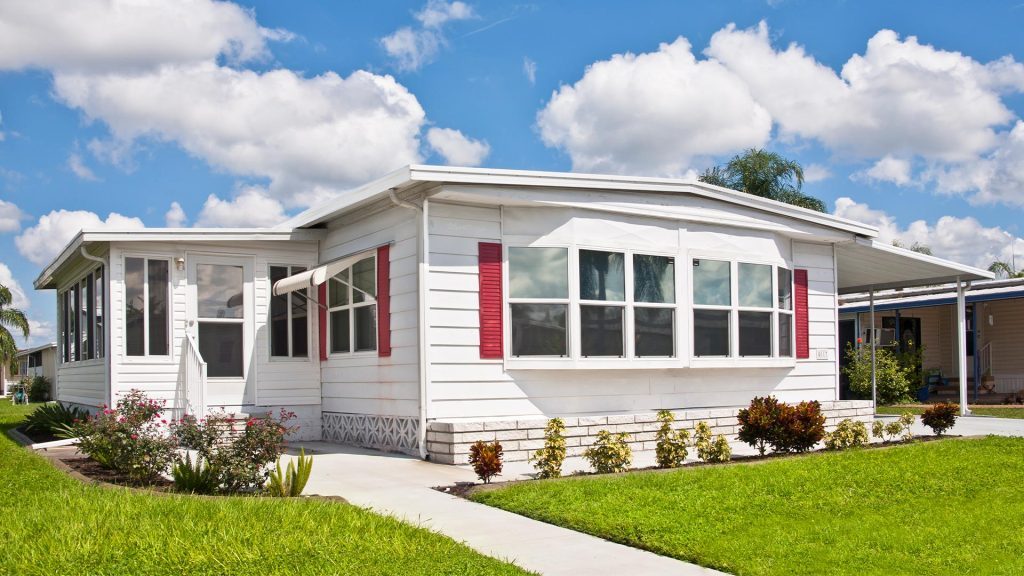With limited inventory and sky-high prices in the traditional housing market, builders are seeing a big opportunity for so-called manufactured homes.

Manufactured homes are those dwellings that are built in a factory before being assembled on-site. They’re traditionally much cheaper than traditional homes and can be built more quickly, but for years they have had to contend with the perception that they’re somehow “cheap” and of poorer quality.
But that perception may change, as the companies that make them say the most advanced designs of today are far more modern, offer high energy efficiency, and can withstand severe weather conditions. They’re every bit as good as traditional homes, proponents argue, and resemble those counterparts far more closely than they did before.
Now, builders of manufactured homes are targeting the thousands of would-be home buyers who’ve been locked out of homeownership due to today’s sky-high prices. Developers and lenders are showing more interest in manufactured housing too, as they believe it can help relieve limited inventories and fix the affordability challenges of many.
Spark Homes LLC Managing Partner Dustin Arp told the Wall Street Journal his company has seen rising sales of manufactured homes, with teachers, first-time home buyers, and folks downsizing after retirement among its main customers.
“Maybe they used to qualify for site-built housing but no longer do,” he said of those buyers.
The cost savings are certainly tempting. According to the Journal, a new single-family home that’s built on-site cost a median of $392,000 in 2020. When subtracting the cost of the land, that works out to be $309,000 just for the home. In contrast, a newly manufactured house costs just $87,000. Buyers still have to worry about finding some land to assemble it on, but it’s entirely conceivable they could save as much as half of what they’d spend on a traditional home.
The Journal said more buyers are being won over by the prospect – more than 100,000 manufactured homes will be built this year, the highest number since 2006, according to U.S. Census Bureau data.
That said, manufactured home manufacturers still have some work to do in convincing buyers that their pre-assembled homes are a worthy alternative. Most manufactured homes are sold by dealerships, which means more limited financing options.
“In those cases, a person might buy a manufactured house as a piece of personal property, like a car, rather than getting a mortgage that tethers the house to the underlying land,” the Journal explained.
Around 42% of manufactured homes are purchased through loans secured by the home itself, but not the plot of land, the Consumer Financial Protection Bureau says. Such loans often come with higher interest rates, and the homeowners may be at higher risk of losing their property if they don’t also own the land it stands on.
That said, efforts are underway to convince a greater segment of buyers about the benefits of manufactured homes. Fannie Mae and Freddie Mac have both recently introduced new programs that make it easier for lenders to extend conventional mortgages to certain types of manufactured homes, including those with features such as garages or porches built on-site.